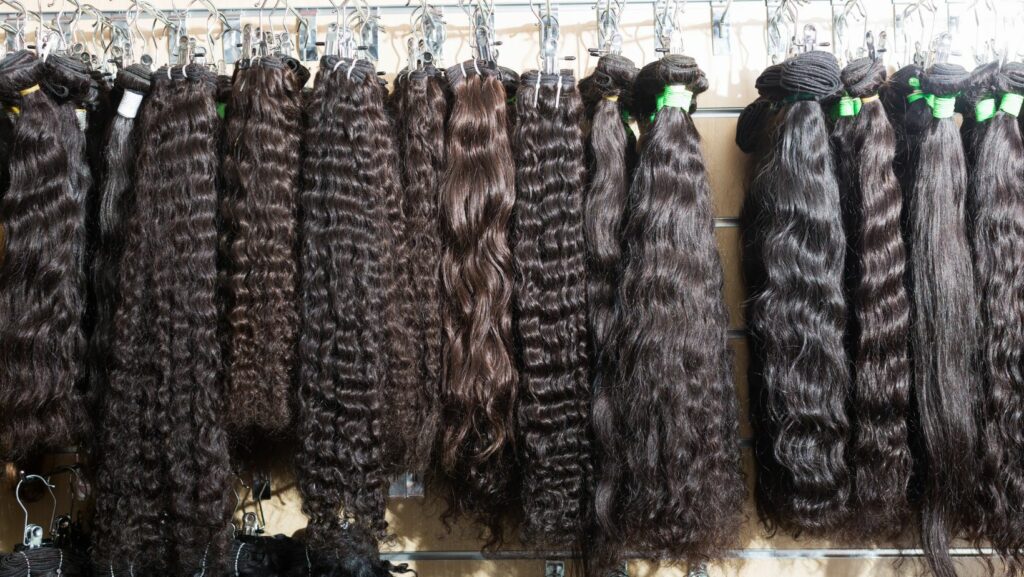In the Victorian era (1837–1901), people found unique ways to remember loved ones. One of the most fascinating (and unusual) traditions was hairwork, the practice of weaving human hair into jewelry, wreaths, and even framed art.
Today, this craft seems strange, but back then, it was a deeply sentimental way to keep lost loved ones close. Nowadays, you don’t have to go that far to enjoy a fancy evening with your significant other, as you can play games together online at https://nationalcasino.com, even if you’re at a distance, or just don’t feel like going out. A little healthy competition could really spice your evening up!
What Was Victorian Hairwork?
Hairwork was exactly what it sounds like: art made from human hair. Victorians believed hair was the only part of the body that didn’t decay, making it a powerful keepsake. Unlike flowers or letters, hair lasted forever… or so they thought.
How Was Hairwork Made?
Creating hairwork was a painstaking process. Here’s how it was done:
- Collecting the Hair: After someone died, a lock of their hair was saved. Sometimes, it was taken from living loved ones as a romantic gesture.
- Cleaning & Sorting: The strands were washed, boiled, and sorted by length and texture.
- Weaving & Shaping: Using special tools, artisans braided, twisted, or glued the hair into intricate designs. Some pieces were so delicate they resembled lace.
Popular items included:
- Brooches with woven hair under glass
- Rings with tiny coiled designs
- Wreaths made from multiple family members’ strands
Why Did Victorians Love It?
To modern eyes, this practice might seem morbid, but for Victorians, it was a normal, and even beautiful way to honor the dead.
Sentimental Reasons
- Memorials: After Queen Victoria’s husband, Prince Albert, died in 1861, she wore mourning jewelry containing his follicles. This made the trend even more popular.
- Love Tokens: Couples exchanged hair jewelry as romantic gifts, much like we exchange rings today.
Practical Reasons
The follicles from your head were free, durable, and personal, and unlike expensive gemstones, anyone could afford a lock. Plus, it didn’t fade or tarnish over time.
The Decline of Hairwork
By the early 1900s, this culture had nearly disappeared, but why?
- Changing Fashion: As society moved into the 20th century, Victorian customs seemed old-fashioned.
- New Technology: Photography became cheaper, so people preferred portraits over hair keepsakes.
- Creepy Reputation: Over time, people began associating the craft with death rather than love.
Today, surviving pieces are rare and often found in museums or antique shops.
Could It Make a Comeback?
Surprisingly, some modern artists are reviving this forgotten craft. While most people wouldn’t wear a stranger’s locks, custom-made works for pets or family members are gaining niche interest.
Modern Takes on Hairwork
- Pet Memorials: Some owners commission jewelry made from their pet’s fur.
- Alternative Art: A few contemporary artists use it as a material in sculptures and installations.
- Historical Reenactments: Museums and living history groups demonstrate hairwork techniques.
The Secret Language of Hairwork
Hairwork wasn’t just about remembrance, as it also had a hidden language. Victorians were obsessed with symbolism, and the way hair was arranged could convey different meanings.
- Braids: Often represented unity, like in marriage or family bonds.
- Curled or Coiled Hair: Suggested eternal love, as the shape had no beginning or end.
- Mixes from Multiple People: Signified a deep connection, such as siblings or close friends.
The Dark Side of Victorian Hairwork
While most hairwork was made with genuine love, the practice had a shadowy side.
- Fraudulent Sales: Unscrupulous sellers sometimes passed off horsehair or cheap wigs as human-sourced.
- Forced Keepsakes: Some widows were pressured into wearing their husbands’ locks, even if they didn’t want to.

